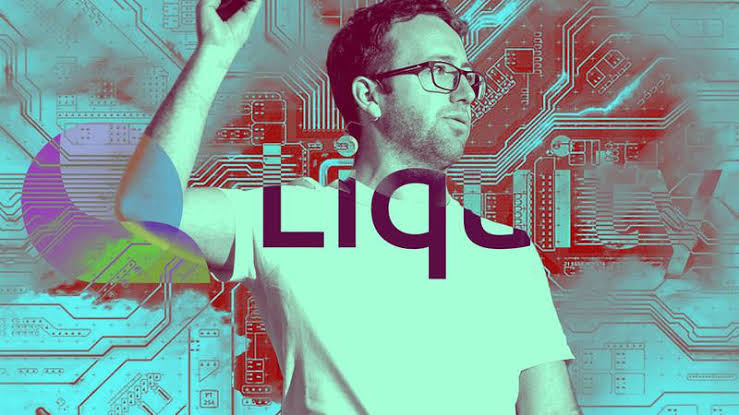The upcoming upgrade of Liquity (LQTY), a decentralized finance (DeFi) lending platform, will include an overcollateralized stablecoin that uses ether (ETH) tokens that are liquid for staking as backing assets and permits user-set interest rates for loans—a first for DeFi, the protocol says.
“Current protocols either rely on slow and potentially misaligned human governance to adjust interest rates, or they don’t have a targeted way of using interest payments to drive demand for their stablecoin,” according to a white paper published Tuesday. “Liquity V2 will change that.”
Scheduled for release late in the third quarter, the new version will be unveiled at the same time when investment returns have recovered from the depths of a cryptocurrency winter in 2022 and 2023 thanks to the introduction of new yield-earning schemes and DeFi-native stablecoins. As an illustration, last year saw the introduction of stablecoins by Aave and Curve, while Ethena’s “synthetic dollar,” USDe, which makes yield by collecting the premiums on bitcoin (BTC) and Ethereum futures through a “carry trade,” drew $2.3 billion in deposits.
Known for its stablecoin lending services, Liquity charges a one-time fee in exchange for users putting ETH into its overcollateralized LUSD stablecoins, which offer 0% loans. At the height of the previous cryptocurrency bull market in May 2021, the protocol’s total value locked (TVL) exceeded $4 billion. Now, according to DefiLlama data, it’s approximately $700 million. LUSD will coexist alongside the new stablecoin, BOLD. Borrowers will be able to select their own desired interest rate and be able to take out loans secured by ETH and liquid staking ETH derivatives. The majority of the money collected from borrowing fees will be paid back into the stability pool and secondary markets that the protocol has created.
The idea behind letting borrowers set the loan rates is to align incentives: The more borrowers are willing to pay, the more revenue they contribute to the protocol to pay out for BOLD holders in stability and liquidity pools.
“LUSD is great for its decentralized capabilities, but it doesn’t have the built-in flexibility to adapt to changing market environments like rising or falling interest rates,” Samrat Lekhak, head of business development and communications at Liquity, said in an interview over Telegram. “In times of positive interest rates, this implies a need for a continuous yield source for the stablecoin, which BOLD provides.”
Liquity plans to go live with the protocol in late third quarter of this year, Lekhak said.


